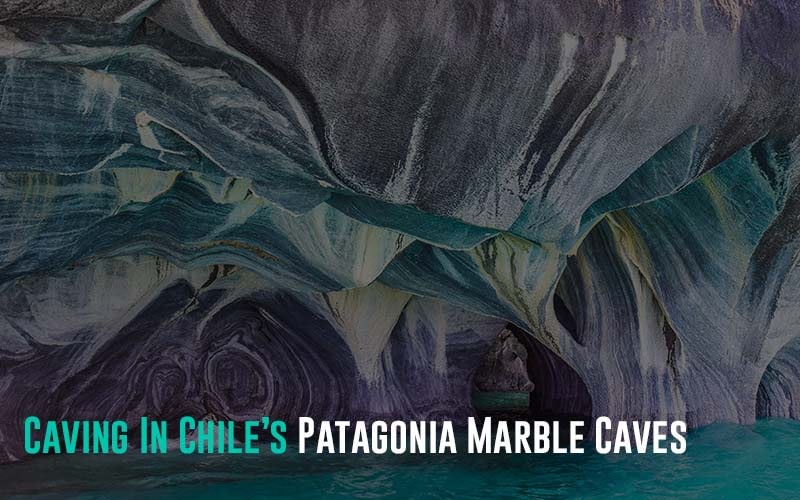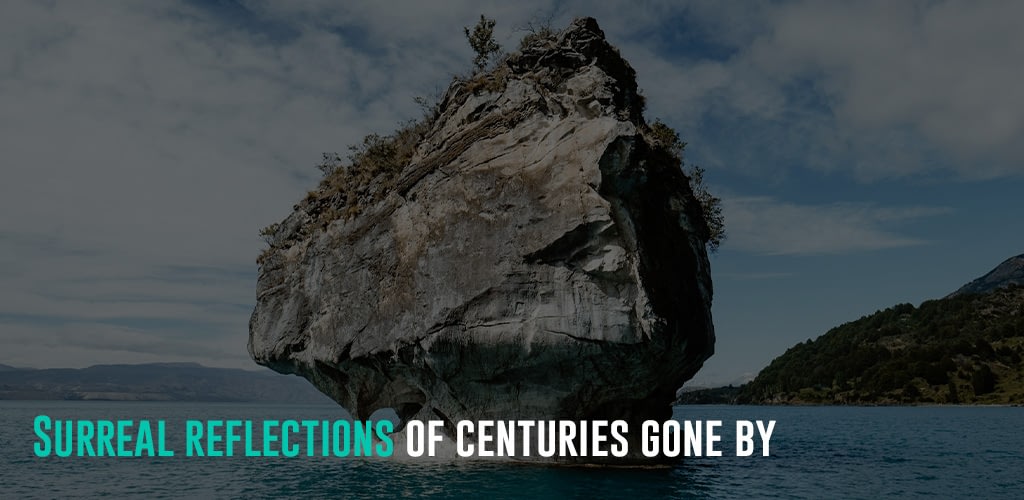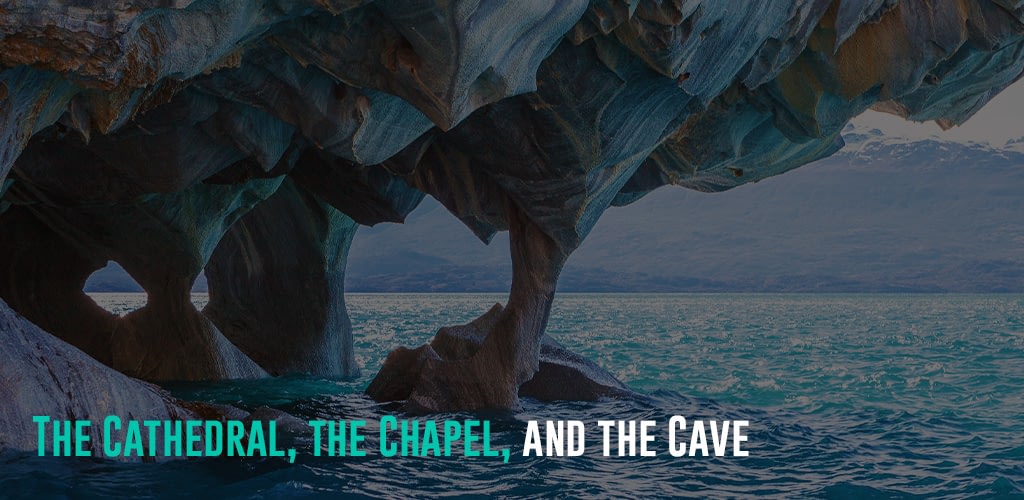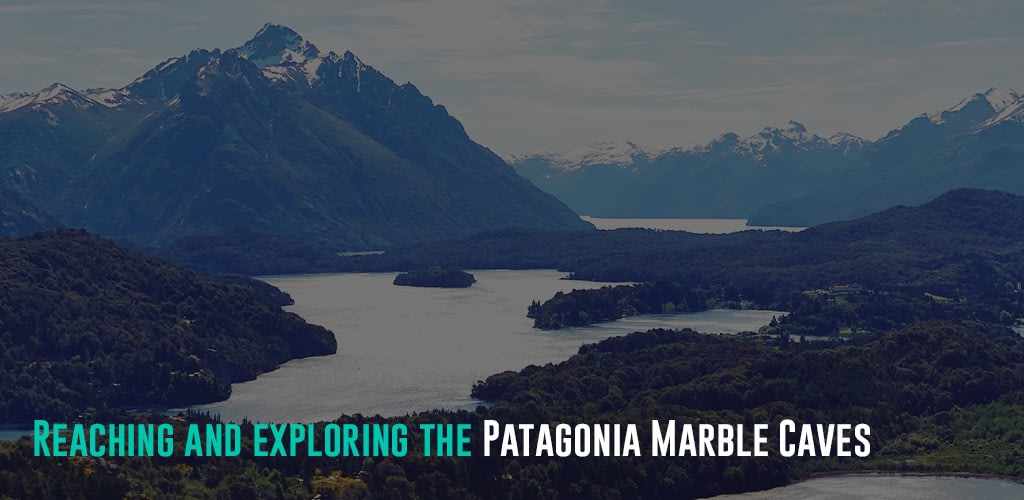Time is moving on—with or without us humans—but caves testify to some enduring traces it leave behind. The formational history and the myriad of secrets in caves have intrigued archeologists, historians, geographers, and recreational travelers. For anyone who wishes to explore them, spelunking is an activity to take up. But are we looking for some thrill while exploring underground caves and tunnels? There are many caves around the world that beckon spelunkers from across the globe. But there’s something about Patagonia Marble Caves in Chile that makes them a must-visit caving destination for 2023. So, let’s spill the beans on this unique experience, caving in Chile’s Patagonia Marble Caves.
Featured Image Source
Surreal reflections of centuries gone by
The Patagonia Marble Caves are a geological formation in General Carrera Lake, the second-largest lake in South America and between Chile and Argentina. The caves are over 6,000 years old and are known for their unique, stunning turquoise colors. These colors result from the reflection of the lake’s waters on the marble walls of the caves.
Counted amongst the world’s unique natural wonders, these marble caves were formed over thousands of years due to the erosion of the marble by the lake’s waves. As a result, the distinct colors of the caves change throughout the day, depending on the sun’s angle and the light’s intensity.
Several rivers and streams feed the General Carrera Lake, which brings water from the Andes Mountains ranges and glaciers. Flushed by pure and clean water, the caves provide s a perfect environment for reflection. In addition, the unique properties of the marble formations, which are made up of various minerals (for example, calcium carbonate), create stunningly colorful reflections of light.
Pro tip: The best time to witness these surreal reflections in the Patagonia Marble Caves is morning and evening. That’s when the sun is low on the horizon, and the colors are most vibrant.
The Cathedral, the Chapel, and the Cave
The Patagonia Marble Caves comprise three main formations– the Cathedral, the Chapel, and the Cave. All three types of formations are unique and have distinctive features.
- The Cathedral is the most significant, most impressive of the three formations. It gets its name from its tall, vaulted ceiling like a cathedral. The walls of the formations are a stunning mix of white, blue, and gray marble. They reflect the colors of the water to create a constantly changing display of light.
- The Chapel is the smallest of the three formations and has a more intimate, chapel-like atmosphere when compared to the Cathedral. Smooth and curving walls enclose these caves. Their deep shade of blue contrasts spectacularly with the white marble.
- The Cave is the most intricate of the three formations. It’s defined by a maze-like network of tunnels and chambers filled with a rainbow of colors. Rippled patterns and textured surfaces line the walls of the Cave, giving onlookers the impression of flowing water.
The Marble Caves are constantly changing due to the natural erosion caused by the lake’s water. As such, you cannot expect two visits to the caves to be alike. Also, it’s a paradise for nature- and wildlife lovers because the Marble Caves are part of the General Carrera Lake National Reserve. This nature preserve is home to various wildlife, including birds, fish, and mammals such as guanacos and pumas.
Reaching and exploring the Patagonia Marble Caves
The Patagonia Marble Caves are located on the Chilean side of General Carrera Lake. They are accessible from both the Chilean and Argentine sides of the lake. The best way to see the Marble Caves is by boat, as there is no land access. You can take guided tours or rent your boat to explore the area.
The nearest town to the Marble Caves is Puerto Tranquilo, a small village on the lake’s shores, providing visitors with accommodations and restaurants. These communities are known for their unique culture and traditions, and you can learn more about the local way of life by exploring the place.
It’s important to note that the lake’s waters can be rough sometimes. The weather can be unpredictable, and the lake can become choppy and difficult to navigate in windy conditions. Since it’s located in a remote part of Patagonia, you should be prepared for a long journey.
Nonetheless, the journey is worth it as you can see this incredible natural wonder. Tours typically last several hours and may include sights like the Exploradores Glacier and nearby Chile Chico.




